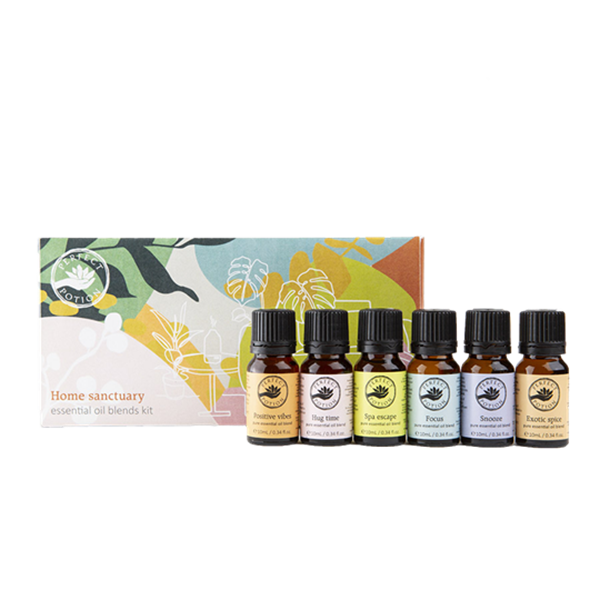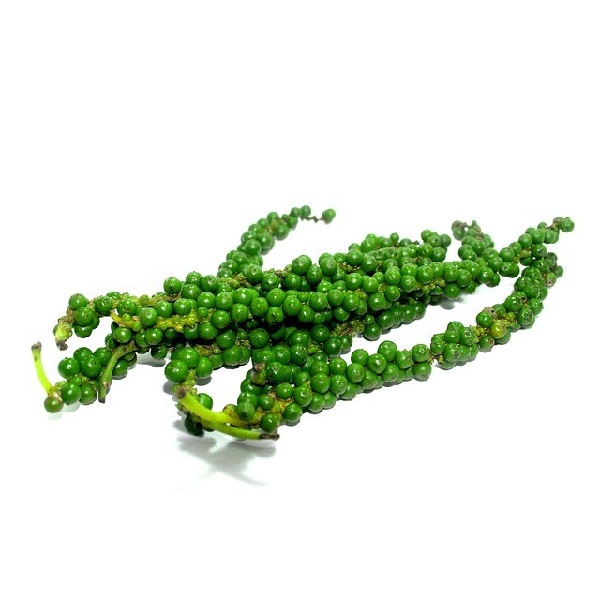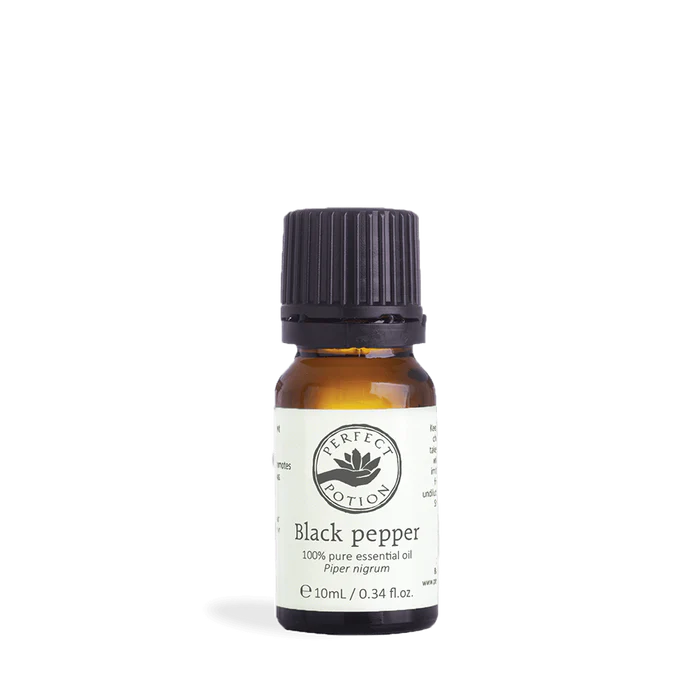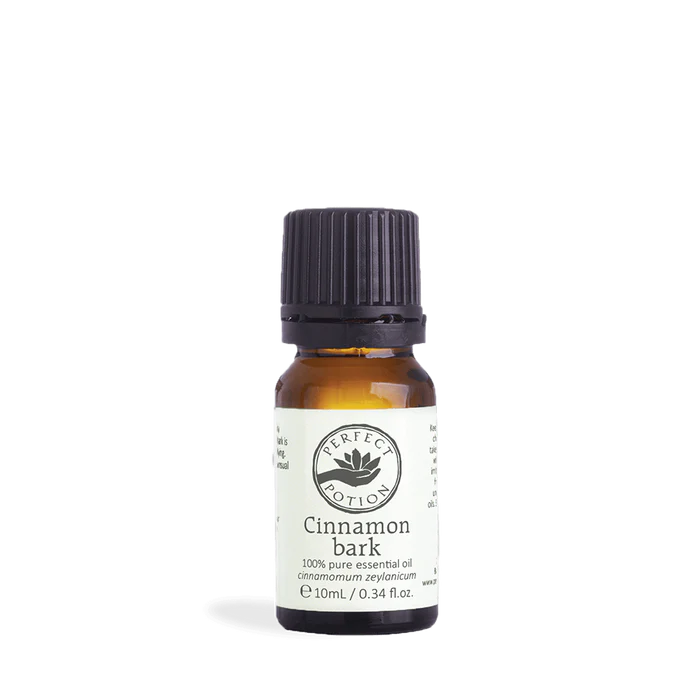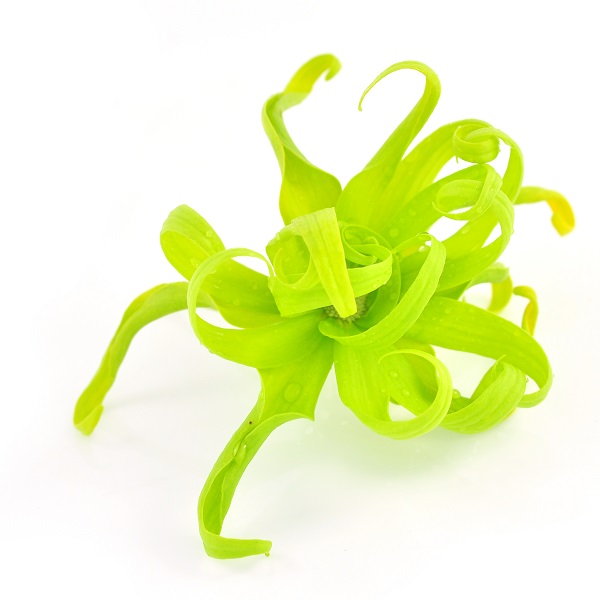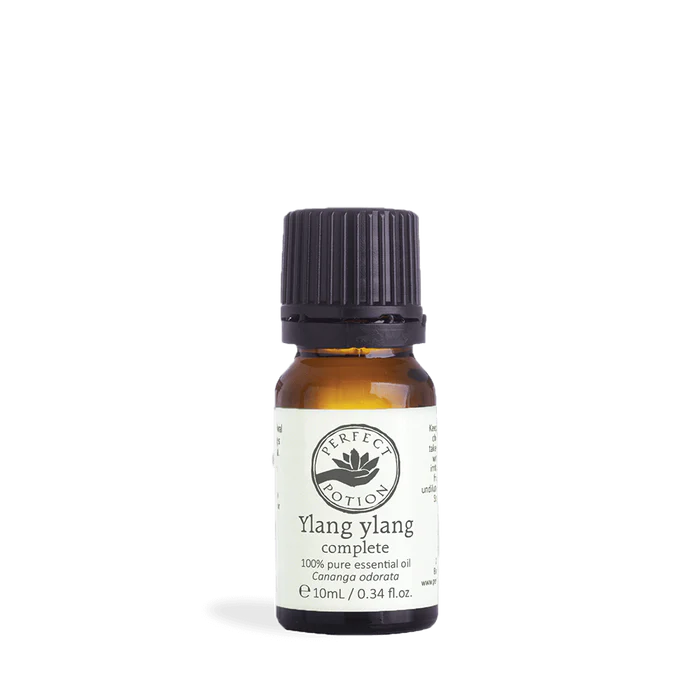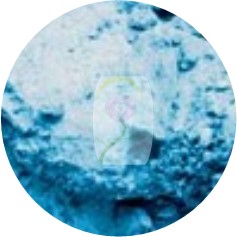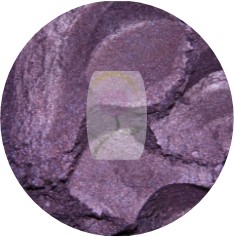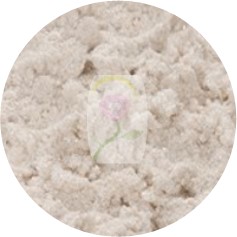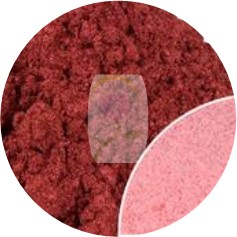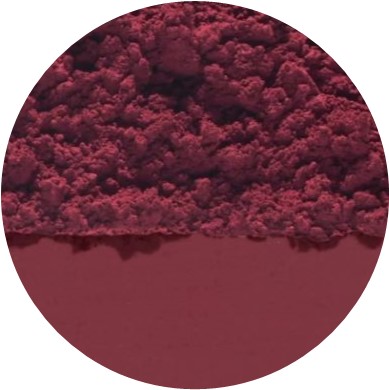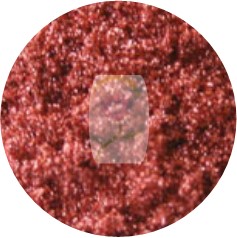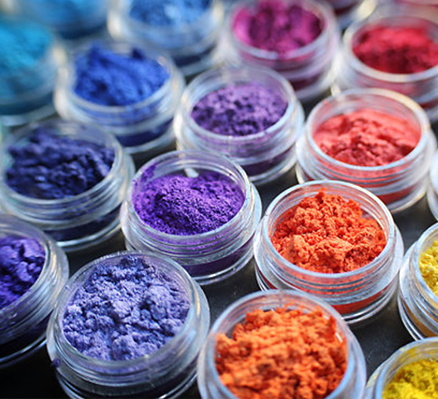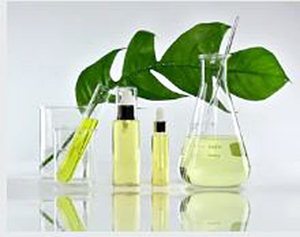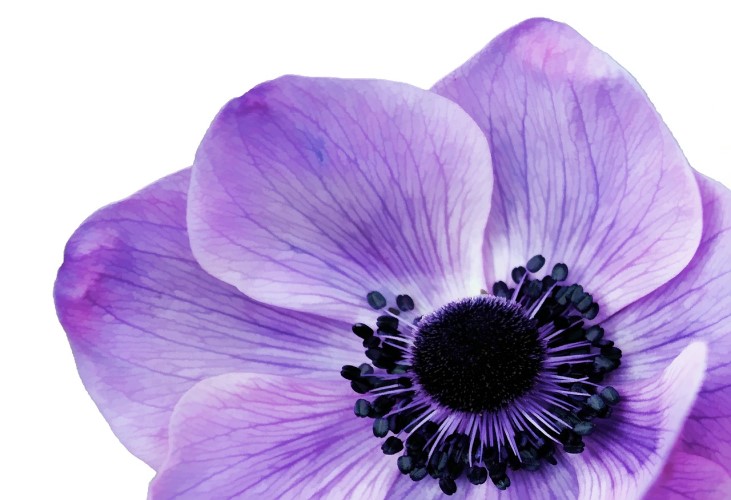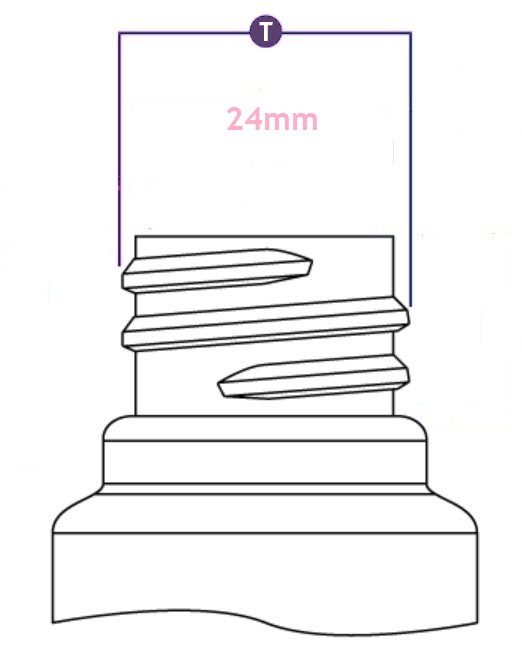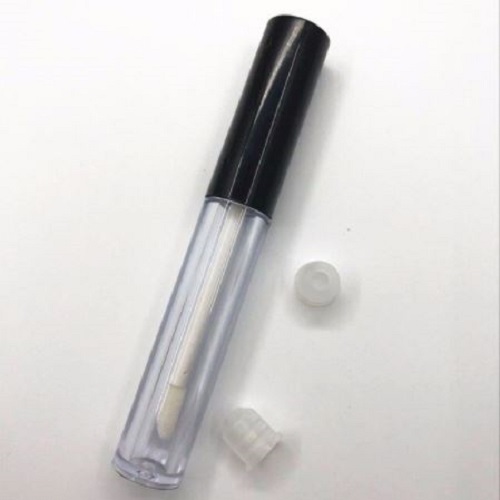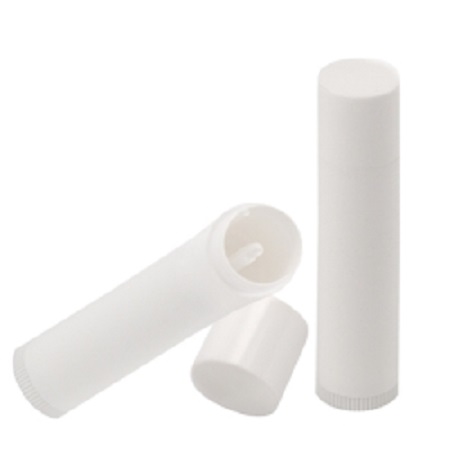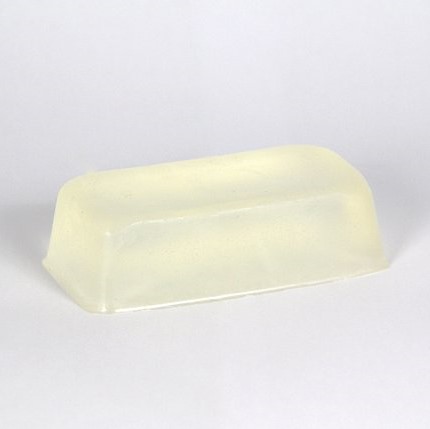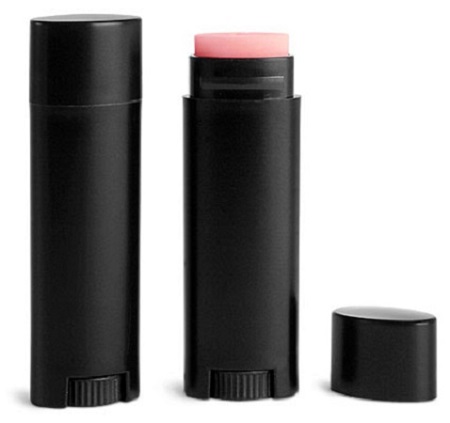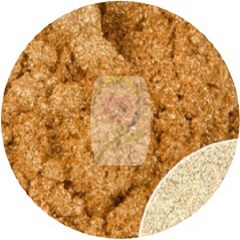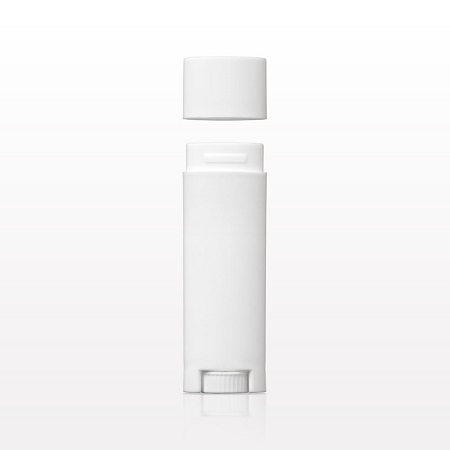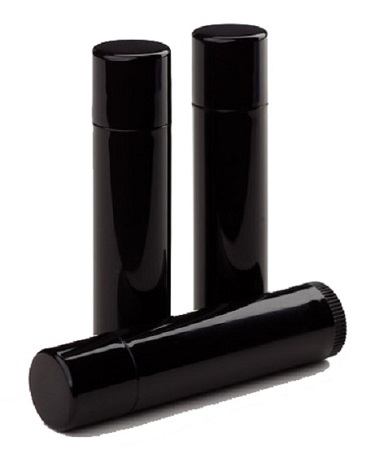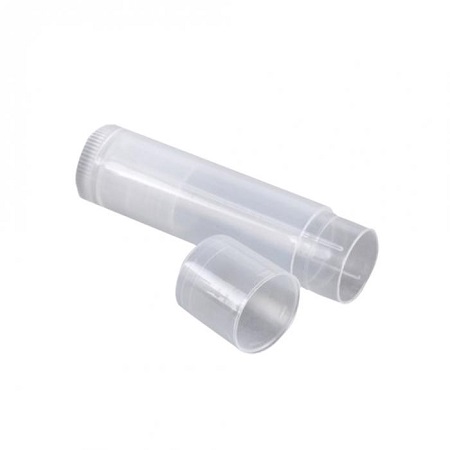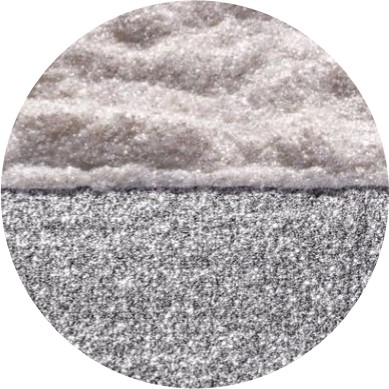NZ's widest range of cosmetic colours available on line.
Keep watching this space, as the range is always increasing. From 18 colours in 2009 to over 80 colours in 2016! It is 2020 and now have colours exclusive to Amor. If you can't find the colour you want, I can create it for you! Just head on over to my Bespoke Aromas and Colours page
What is mica? The word "mica" is thought to be derived from the Latin word micare, meaning "to glitter", in reference to the brilliant appearance of this mineral (especially when in small scales). There are different grades of mica - our mica is Cosmetic Grade.
Mica is a natural product aka potassium aluminum silicate dihydrate, that is mined. For cosmetic use, the individual mica (which looks like a platelet) is coated with FD&C colorants, or pigments, or a combination of both to achieve the colorant. The dual sided color is what causes the shimmer and sheen of micas. Our suppliers provide the highest quality pigments and products to the marketplace worldwide. They are focused on supplying technically advanced products and are committed to offering these products and services in a fashion that is environmentally safe, clean, friendly and effective. They are dedicated to consistent ethical practices in their dealings with their suppliers, and we do not source any micas that are mined in Brazil as they are at risk of having been mined by children, although this practice is being phased out thanks to the United Nations Global Compact. We do supply Merck Micas who do souce micas from specific mines, however they are not mined by children and are managed to look after the whole community. Merck's ethical statement can be found here.
Mica is the stuff you see in your lipstick, eyeshadow, and blush. They work best in clear products as it needs to be able to reflect and refract the light nicely to give the desired result, but they’re versatile and may be experimented with. Micas are perfect for all your crafty and cosmetic needs. They’re non-toxic and FDA approved so they may be added to soaps, massage melts, candles, papercraft, epoxy resin art, jewellery, paint, marble art, and cooking and baking to give your creations that luxe sparkle and lustre.
Our mica may be mixed to create your own unique hues. Add them to lipsticks, blushes, eyeshadows, nail varnish and facepaint, and have fun! They are also a key item to have in your nail kit as they can be buffed into cured gel shellac nails for a shimmery, pearlescent finish under a topcoat and decals.
Hint: play around with layering pearly micas on top of different base colours to achieve exciting results. The possibilities are endless.
Amor micas are sold by weight- not volume - so you're getting the most for your money! Since many micas and pigments are very light, it often takes a 30 or even 60ml container to fit 5gm, by weight into.
Amor micas are available in resealable plastic bags as well as reuseable plastic cosmetic pots. For every 5gm & 10gm package size, I will enclose a mini scoop (0.15ml) to help with your formulating.
Amor does not stock any micas that use Lake colours.
How to use Mica Cosmetics - always start with a scoop, blend colours together first before adding to fillers or our premixed bases.
Melt & Pour Soap - we recommend about 1/2 a teaspoon per 500g to achieve a pretty, strong pearlescent effect (like a polished paua shell). For micas in a melt & pour opaque base, 1.5% to 4% of the total weight to achieve an effective colour, however micas work best in clear soap. Remember, light is needed for the true reflective qualities of the micas to work properly. Simply add the powder to your melted soap base; wait for your base to melt and stir the micas in. If pesky little "mica bubbles" float to the top, spritz them with a bit of rubbing alcohol and you'll see them burst open. Just stir everything in until the mica is well incorporated, then add your fragrance. I've also been know to blend the mica with my essential oils and then swirl it in to the liquid soap, which also has a pretty effect.
Cold Process Soap - The great part about using micas in soaps is that they don not clump at all. The colors are so smooth and wonderful to work with. However, because of the opaqueness of CP soap, a lot of mica is required to get a sheen to show through, and because they are FD&C coated, the colour can bleed off the mica, so my recommendation is to not use a contrasting colour unless you like the swirl effect of it bleeding out.
Micas are not as effective as there is no light for reflection (since cold process soap is opaque). For effective results, add 1-5% - Brambleberry recommend you use 2 tsp. per 500g of soap to achieve a good colour. Simply add the mica directly to the soap and stir. Make sure you add it at very thin trace so that you have enough time to stir the colorant in.
Particle Size vs Colour Effect
Particle Size 15 µm or less = low luster
Particle Size 2-25 µm = silky luster
Particle Size 10-60 µm = pearl luster
Particle Size 10-125 µm = shimmering luster
Particle Size 20-150 µm = sparkling luster and transparent

 Heel Luffeel for Hay Fever
Heel Luffeel for Hay Fever
